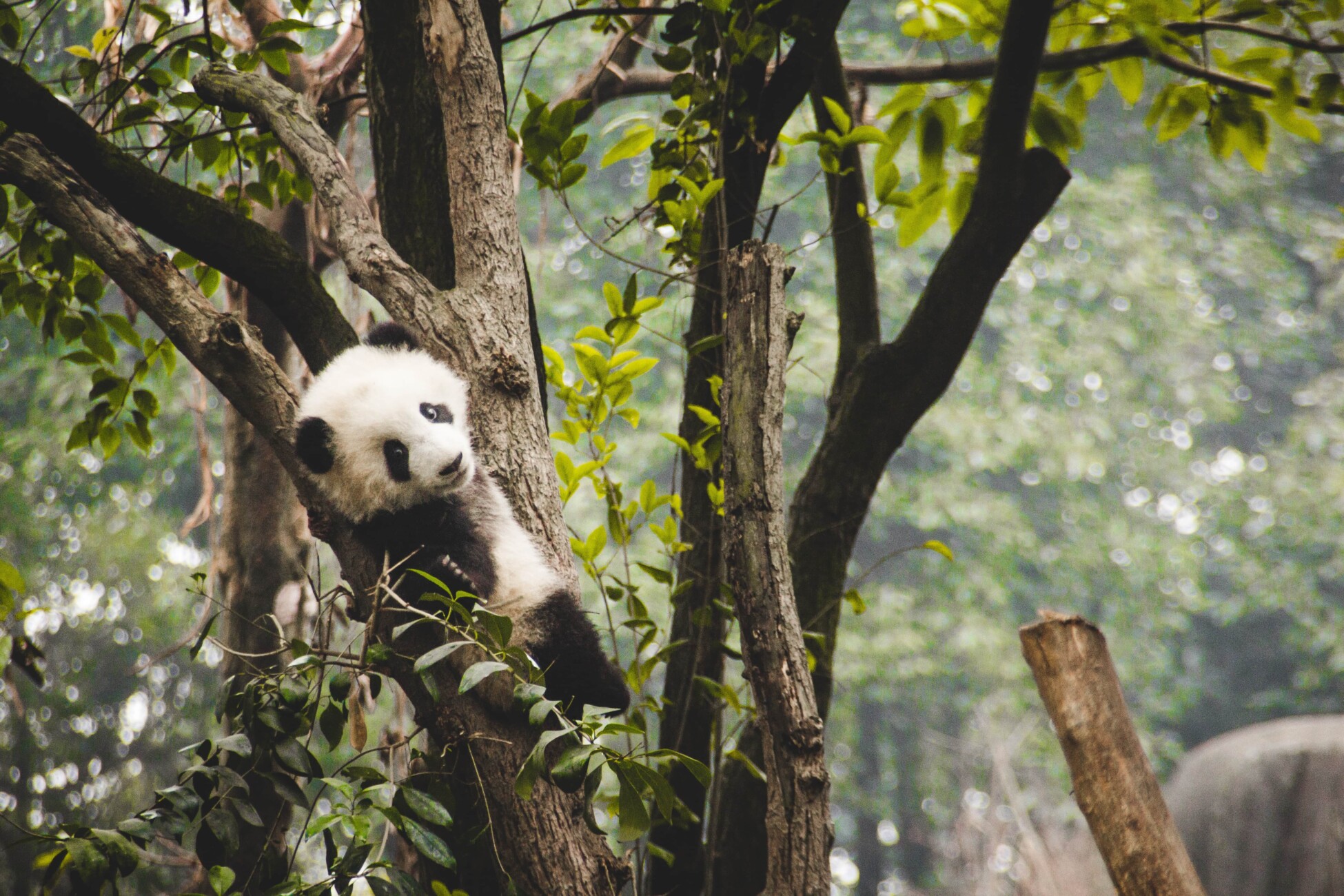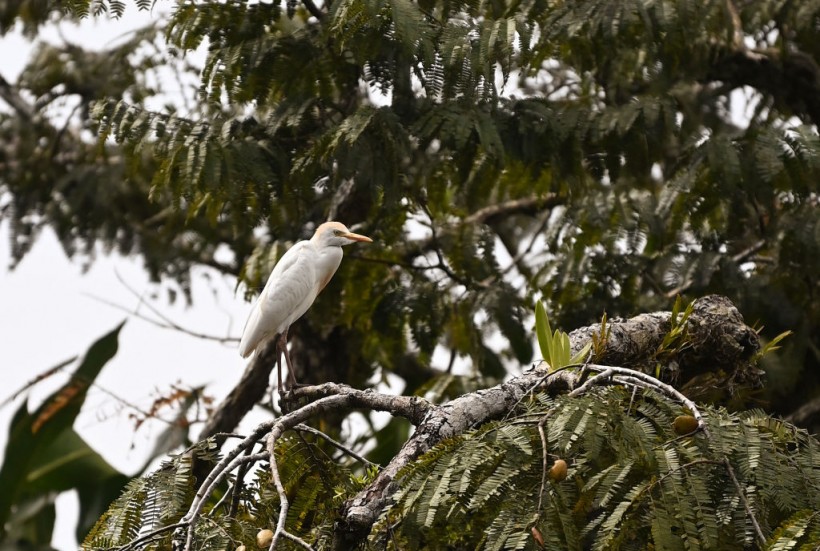
Zoology
Zoology is the scientific study of animals, encompassing topics related to the biology, behaviour, structure, evolution, classification, and distribution of animals.
Zoology is the scientific study of animals, encompassing topics related to the biology,... View more
Amazonian Birds Adapt to Climate Change with Innovative Thermoregulatory Tactics
-
Amazonian Birds Adapt to Climate Change with Innovative Thermoregulatory Tactics
In the dense tapestry of the Amazon rainforest, a group of terrestrial insectivores has been silently weaving a story of adaptation and survival.
Recent studies have cast a spotlight on these unassuming avian inhabitants, revealing their sophisticated thermoregulatory strategies as they navigate the escalating challenges of climate change.
Warming Up to the Challenge: The Dawn Ritual

(Photo : DANIEL MUNOZ/AFP via Getty Images) As the first blush of dawn tinges the Amazonian skies, a remarkable phenomenon unfolds within the understory.
Terrestrial insectivores, a group of birds that forage on the forest floor, commence their warming routines, hours before the sun graces the horizon.
This daily ritual, a sophisticated strategy honed through evolution, allows them to reach their peak warming rates just as the ambient temperatures plummet at sunrise.
The study, conducted near Manaus, Brazil, utilized cutting-edge bio-logging technology to monitor these birds.
The bio-loggers, minuscule devices attached to the birds, recorded their behavior and physiological responses, offering an intimate glimpse into their lives without disruption.
Sunset Soaks: The Cooling Conundrum
As the midday heat intensifies, these birds demonstrate an acute awareness of their thermal environment, moderating their warming rates to avoid overheating.
This delicate balance is further managed through behaviors such as bathing, which peaks around sunset.
The cooling effect of water plays a pivotal role in their thermoregulation, preparing them for the cooler night ahead.
However, the torrential rains of the tropics present a double-edged sword. While water is essential for temperature management, excessive cooling can be detrimental.
The study highlights that some species are better equipped to handle this challenge than others, showcasing the diversity of responses within this group.
Also read: Birds in Amazon Rainforest Are ‘Shrinking’, Experts Blame Climate Change
The Bio-Logging Technology
Bio-logging is a fascinating field of study that involves attaching electronic devices to animals to record a variety of data over time.
These devices can track physical and geochemical parameters, allowing scientists to reconstruct the activities of the animal, the characteristics of the environment it travels through, and the interactions between the two.
The technology has evolved from bio-telemetry, which dates back to the 1950s and was initially used by the military to transmit data to satellites or ground stations.
Bio-logging differs in that it records data in the device’s memory, ensuring that data collection is not interrupted by signal loss. This allows for the assembly of large, near-continuous datasets of various data types.
Modern bio-loggers can combine the benefits of both bio-logging and bio-telemetry, transmitting data when communication with a satellite or ground-based station is available.
The key challenge in bio-logging is to balance the size and weight of the logger to minimize its impact on the animal while maintaining sufficient battery life and memory size.
These devices come in different shapes and functions, tailored to the scientific questions at hand.
The collaboration between engineers and field scientists is crucial, especially during the prototype phase, to customize devices to the requirements of the study.
Bio-logging has been instrumental in ecological and conservation studies, providing insights into animal behavior, physiology, and their interaction with the environment, which would otherwise be difficult to obtain.
It’s a multidisciplinary approach that has significantly advanced our understanding of wildlife and their habitats.
Conclusion: A Call for Conservation
The findings underscore the importance of these birds as indicators of forest health and their heightened sensitivity to environmental changes.
As the world grapples with the impacts of climate change, understanding the adaptive strategies of the Amazon’s wildlife becomes crucial for conservation efforts.
The thermoregulatory tactics of terrestrial insectivores not only provide them with a means to cope with fluctuating temperatures but also emphasize their preference for a stable environment-a stability increasingly threatened by the changing climate
Related article: Two New Species of Endangered Screech Owls Discovered in Amazon Rainforest!
© 2024 NatureWorldNews.com All rights reserved. Do not reproduce without permission.
Sorry, there were no replies found.
Log in to reply.
